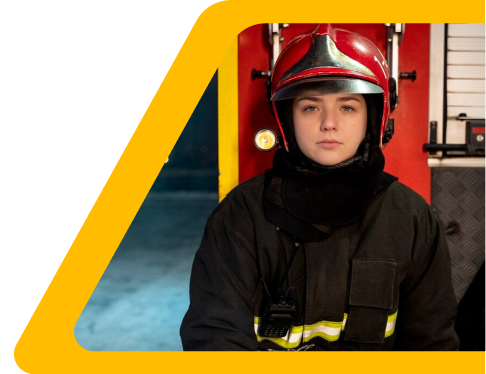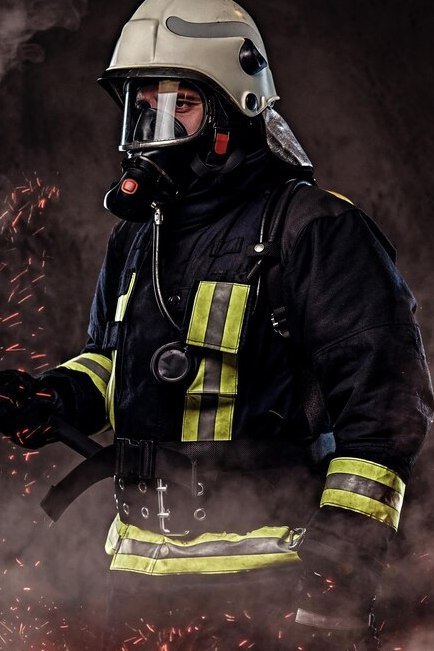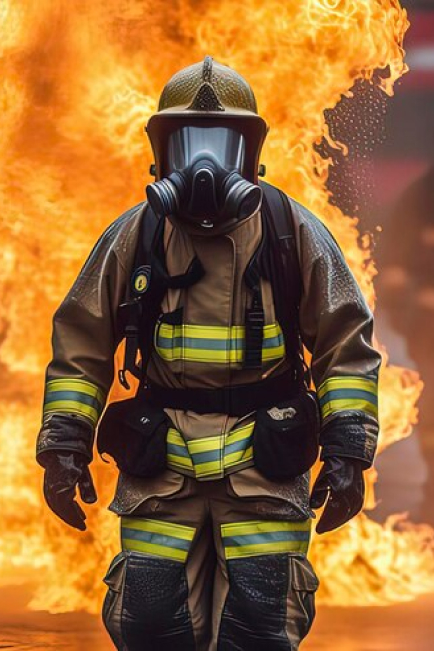Diploma in Fire and Safety Course Fees: Cost Factors and Financial Considerations
- info@safetymastery.com
- +91 7200322134


Understanding the Costs of Pursuing a Diploma in Fire and Safety Course
Understanding the Costs of Pursuing a Diploma in Fire and Safety Course
Understanding the fees associated with a Diploma in Fire and Safety course is essential for individuals considering this educational path. The cost factors, tuition fees, and financial considerations play a significant role in planning and budgeting for the investment in acquiring specialized knowledge and skills in fire safety. In this informative guide, we will delve into the fees associated with pursuing a Diploma in Fire and Safety course, providing insights into the costs and financial aspects of this educational endeavor.

Safety International Diploma
- Ofqual Regulated Qualifications London, UK
- GradIOSH/CertIOSH status from IOSH, UK
- TSP status from BCSP, USA
- Gateway to MSC in UK universities
one or two years of qualification.
Get Courses Details
Get Courses Details
Safety Diploma
- Government-Endorsed National Safety Diploma Program
- Qualify for registration at the Employment Exchange
- Attestation by the Ministry of External Affairs for those wishing to move abroad
- Eligible for membership with MIIRSM (IIRSM membership at discretion)
- Approved by the Government of India
- Enhance your educational profile with an additional one or two years of qualification
Factors Affecting Diploma in Fire and Safety Course Fees:
- Institution: The reputation, accreditation, and facilities of the educational institution offering the Diploma in Fire and Safety course can impact the tuition fees.
Course Duration: The length of the diploma program, whether it is a one-year, two-year, or part-time course, can influence the overall fees.
- Course Materials: Costs associated with textbooks, study materials, equipment, and resources required for the course may add to the total expenses.
Practical Training: If the diploma program includes practical training, fieldwork, or hands-on experience in fire safety, additional costs for materials and resources may apply.
- Certification: Some diploma programs may include certification exams or assessments, which could involve separate fees for testing and accreditation.

Typical Costs Associated with Diploma in Fire and Safety Courses:
Tuition Fees: The tuition fees for a Diploma in Fire and Safety course can vary widely depending on the institution, location, course duration, and program offerings. On average, tuition fees can range from [insert estimated range] for the entire course.
- Registration Fees: Many educational institutions charge a one-time registration fee or application fee when enrolling in a diploma program. This fee can range from [insert estimated range] depending on the institution.
- Study Materials: Costs for textbooks, study guides, course materials, and online resources required for the diploma course may range from [insert estimated range].
- Practical Training: If the diploma program includes practical training sessions, workshops, or field exercises, additional costs for equipment, materials, and facilities may apply, typically ranging from [insert estimated range].
- Practical Training: If the diploma program includes practical training sessions, workshops, or field exercises, additional costs for equipment, materials, and facilities may apply, typically ranging from [insert estimated range].

Financial Considerations for Pursuing a Diploma in Fire and Safety Course:
Scholarships and Financial Aid: Explore scholarship opportunities, grants, and financial aid options offered by educational institutions, government agencies, or private organizations to offset the costs of the diploma program.
- Payment Plans: Inquire about flexible payment plans, installment options, or financial assistance programs provided by the institution to manage the payment of tuition fees and other expenses.
Budgeting: Develop a budgeting plan to estimate the total costs of pursuing a Diploma in Fire and Safety course, including tuition fees, study materials, practical training, and certification expenses.
- Return on Investment: Consider the potential career opportunities, salary prospects, and professional advancement that completing a Diploma in Fire and Safety course can offer as part of evaluating the financial investment in your education.
- Cost-Benefit Analysis: Conduct a cost-benefit analysis to assess the long-term benefits, career growth, and value of acquiring specialized skills and knowledge in fire safety through the diploma program.

Understanding the fees associated with pursuing a Diploma in Fire and Safety course is crucial for individuals planning to invest in their education and professional development. By considering the cost factors, tuition fees, and financial considerations, individuals can make informed decisions, budget effectively, and prepare for the financial investment required to acquire specialized skills in fire safety. Remember: while the fees for a Diploma in Fire and Safety course represent a financial commitment, the value of the education, career opportunities, and impact on workplace safety and well-being make it a worthwhile investment in your future.
